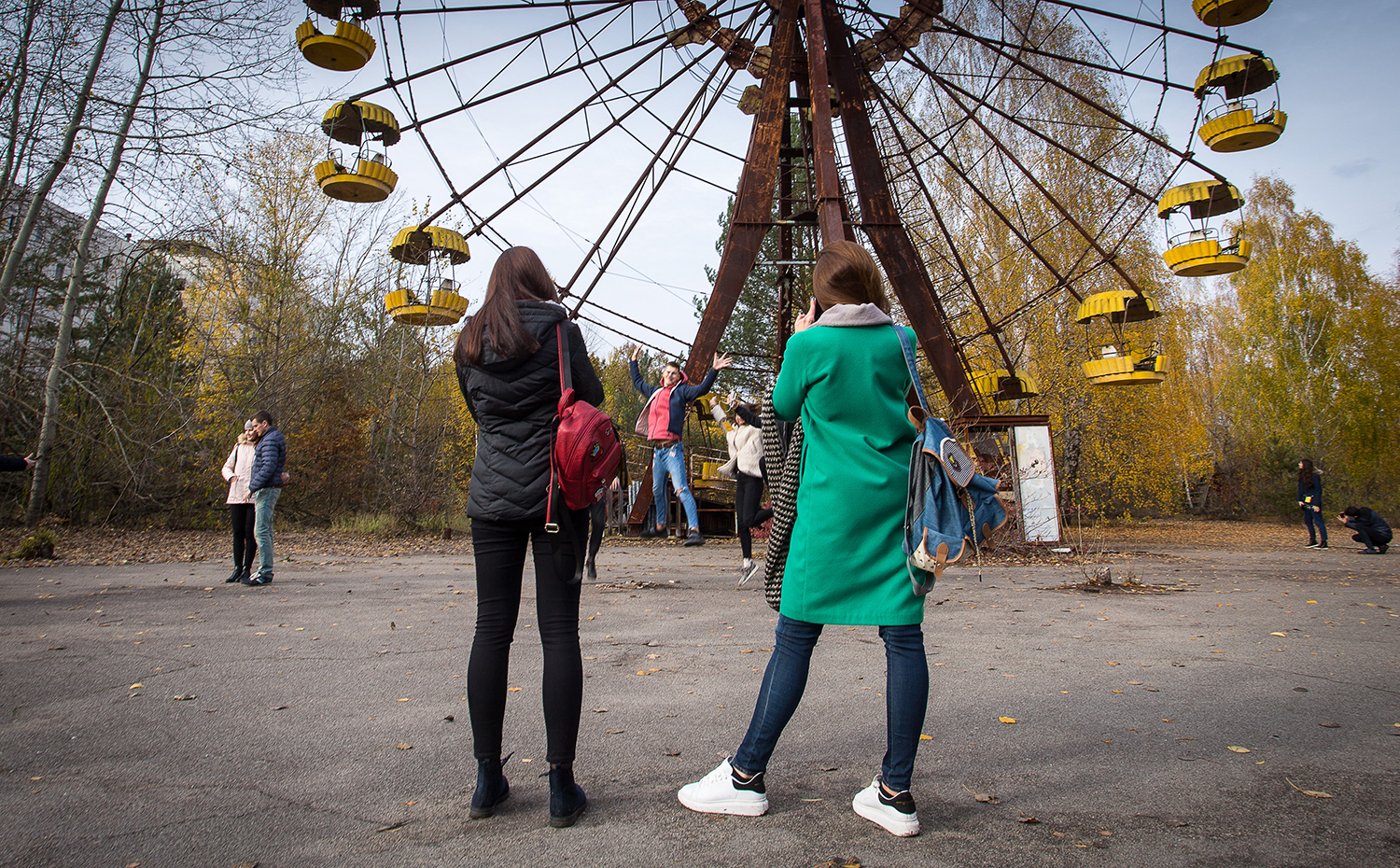Disaster Tourists Are Flocking to Chernobyl, Thanks to HBO Series
The success of HBO's dramatic series "Chernobyl" seems to have boosted the region's tourism industry, with leaders of guided tours to Chernobyl claiming that bookings have increased by about 40% compared to last year, Reuters recently reported.
HBO debuted the first episode of "Chernobyl" on May 6. By the end of the month, Ukrainian tour company SoloEast saw a 30% rise in tourists compared to May 2018, and bookings for June, July and August are up by about 40%, company director Sergiy Ivanchuk told Reuters. [5 Weird Things You Didn't Know About Chernobyl]
After the Chernobyl reactor exploded in 1986, radioactive particles quickly dispersed into the surrounding area and approximately 200,000 people were evacuated and relocated. Authorities declared a so-called exclusion zone covering 18 miles (30 kilometers) around the site of the explosion, and the abandoned towns remain uninhabited to this day.
But in 2010, the exclusion zone was opened to tourists and Ukrainian officials declared that any lingering radiation was "negligible." Since then, Chernobyl tourism has grown in popularity, and the HBO series may have sparked even greater interest in the blighted destination, tour guide Viktoria Brozhko told Reuters.
"Radiation makes the zone particularly interesting," Ukrainian tour company Chernobyl Tour says on its website in a description of their company's one-day tour package. The company's tours now include visits to landmarks featured in the HBO series, such as the bunker where local officials initially decided to delay evacuation, according to Reuters.
During Chernobyl Tour's day trips to the site, visitors typically see monuments to victims; vacant and overgrown homes; an eerie, abandoned amusement park; and the reactor that exploded, which is now entirely covered by a metal dome measuring 344 feet (105 meters) high, Reuters reported.
Chernobyl Tour's website describes the exclusion zone as "safe for visitors," though the company acknowledges that some places in the exclusion zone still have elevated radiation, which could pose some risk.
Get the world’s most fascinating discoveries delivered straight to your inbox.
"We definitely would NOT recommend you staying at them for a long time," representatives wrote on the website.
- Images: Chernobyl, Frozen in Time
- Chernobyl Nuclear Disaster 25 Years Later (Infographic)
- In Photos: World's 10 Most Polluted Places
Originally published on Live Science.

Mindy Weisberger is a science journalist and author of "Rise of the Zombie Bugs: The Surprising Science of Parasitic Mind-Control" (Hopkins Press). She formerly edited for Scholastic and was a channel editor and senior writer for Live Science. She has reported on general science, covering climate change, paleontology, biology and space. Mindy studied film at Columbia University; prior to LS, she produced, wrote and directed media for the American Museum of Natural History in NYC. Her videos about dinosaurs, astrophysics, biodiversity and evolution appear in museums and science centers worldwide, earning awards such as the CINE Golden Eagle and the Communicator Award of Excellence. Her writing has also appeared in Scientific American, The Washington Post, How It Works Magazine and CNN.



